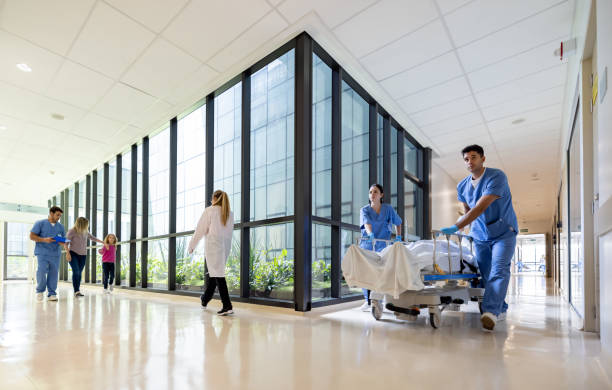Managing medication in care facilities is a critical aspect of ensuring patient safety and operational efficiency. With the growing demand for aged care and healthcare services, care facilities must adopt practices that not only simplify medication management but also reduce errors and improve staff productivity. By integrating systematic approaches and modern tools, care providers can achieve better outcomes for their patients and caregivers alike.
The Importance of Efficient Medication Management
Medication management plays a vital role in preventing errors that can lead to adverse health outcomes. In care facilities, the stakes are high as patients often rely on complex medication schedules. The World Health Organisation (WHO) identifies medication safety as a global priority, highlighting the need for robust systems to support accurate dispensing, administration, and monitoring.
Inefficient processes can result in missed doses, incorrect administration, or even dangerous drug interactions. To address these challenges, care facilities must invest in training, technology, and workflow optimisation to ensure every patient receives the right medication at the right time.
Key Strategies for Streamlining Medication Processes
Centralised Systems for Record-Keeping
A centralised record-keeping system ensures that all patient information, including prescriptions, allergies, and administration schedules, is stored in one accessible location. Digital solutions like electronic health records (EHR) allow real-time updates and reduce the risk of miscommunication among staff. Such systems also make it easier to track medication inventory and anticipate restocking needs.
Standardising Procedures Across Teams
Establishing clear protocols for medication administration reduces variability and human error. Standardisation helps staff understand their roles in the medication cycle, from preparation to distribution. For example, having a checklist for every medication round ensures consistency, even during busy shifts.
Investing in Staff Training
Regular training programmes ensure that staff stay up-to-date with the latest regulations, handling techniques, and medication safety guidelines. These programmes can also include practical simulations that prepare staff for real-world scenarios, such as managing emergency medication errors or dealing with high-risk prescriptions.
Enhancing Communication Among Care Teams
Communication gaps are a leading cause of medication errors. Implementing clear communication channels—such as shift handover protocols and regular team meetings—can significantly reduce errors. For example, a structured handover report ensures that incoming staff are fully informed about patient needs and ongoing treatments.
Using Barcode Technology for Medication Administration
Barcode Medication Administration (BCMA) systems help eliminate errors by verifying the correct patient, medication, dosage, and time of administration. Staff scan barcodes on patient wristbands and medication packages to ensure alignment with the electronic record, providing an additional layer of safety.
Implementing Regular Medication Audits
Regular audits can identify inefficiencies in the medication management process, helping care facilities address gaps before they lead to errors. These audits can review aspects such as prescription accuracy, storage conditions, and administration protocols, ensuring compliance with industry standards.
Optimising Medication Storage and Management
Effective medication storage and management are critical for maintaining drug integrity and ensuring efficient administration in care facilities. Medication trolleys for healthcare offer a practical solution by providing secure, mobile storage with multiple compartments for systematic organisation by patient, dosage, or schedule. Their lockable designs safeguard high-risk medications, while their mobility supports seamless distribution during rounds. Combined with climate-controlled central storage, these trolleys enhance efficiency by preserving temperature-sensitive drugs and simplifying workflows. This integrated system prioritises safety, accessibility, and accuracy, improving patient and healthcare staff outcomes.
Incorporating Patient-Centred Practices
Involving patients in their medication plans can improve compliance and reduce misunderstandings. For example, providing educational sessions about the importance of specific medications empowers patients to be active participants in their care.
Monitoring and Continuous Improvement
After implementing systems and tools, facilities must monitor their effectiveness to identify areas for improvement. Regular audits and feedback from staff can pinpoint bottlenecks in processes, while patient feedback can highlight the quality of care provided. Emphasising continuous improvement not only boosts operational efficiency but also strengthens trust between caregivers and patients.
Commitment To Quality Care
Streamlining medication management in care facilities is a multifaceted process that involves the integration of technology, staff training, and procedural improvements. By adopting modern tools and maintaining a commitment to quality care, facilities can provide a safer and more efficient environment for their patients and staff. These efforts not only reduce the risk of medication errors but also enhance overall patient satisfaction, contributing to better healthcare outcomes.






